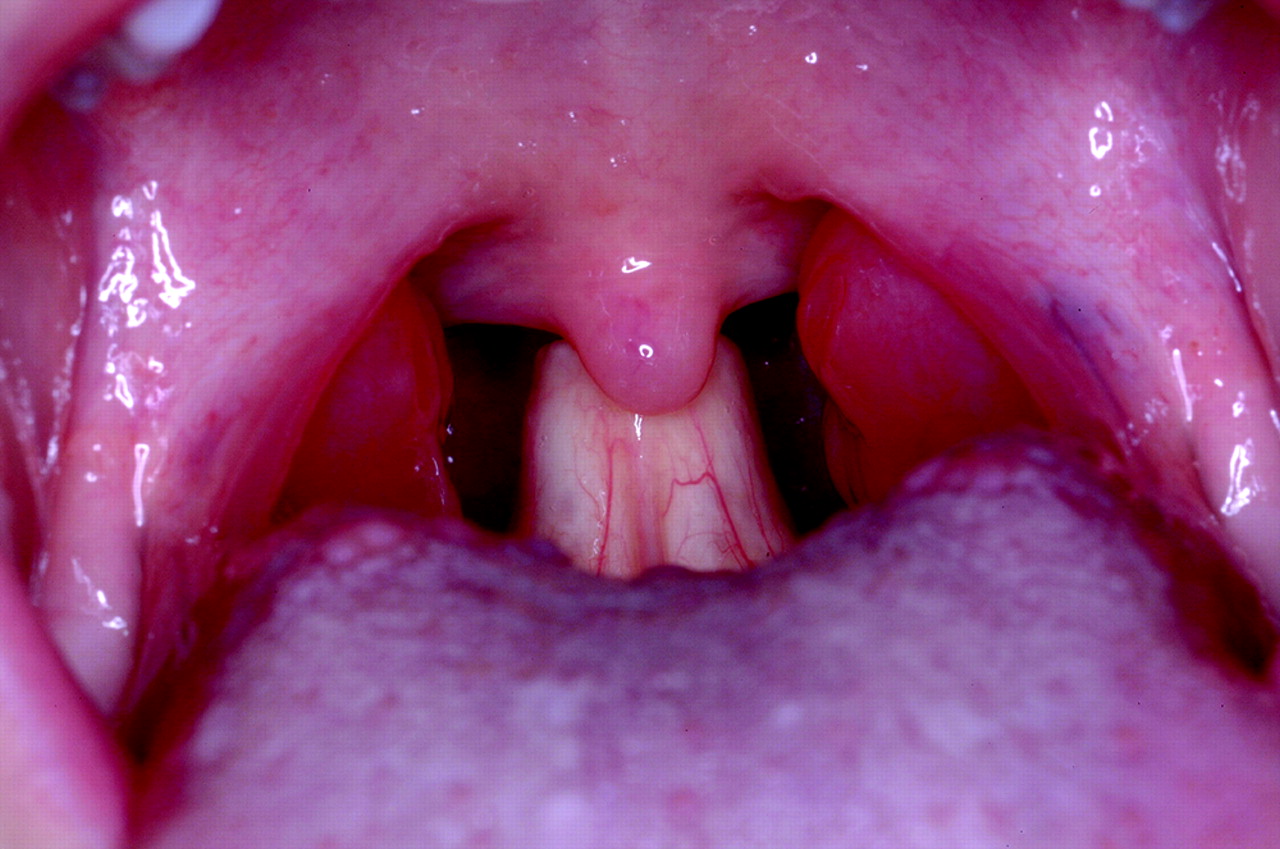
The epiglottis, a small but crucial part of the human anatomy, plays a vital role in our ability to swallow and breathe without complications. Despite its relatively small size, the epiglottis holds several fascinating secrets that highlight its importance in our daily lives.
In this article, we will delve into 14 intriguing facts about the epiglottis that will increase your understanding of this remarkable structure. From its unique anatomy to its role in preventing food from entering the airways, the epiglottis is a true marvel of the human body. So, let’s dive in and explore the fascinating world of the epiglottis!
Key Takeaways:
- The epiglottis is a small but mighty flap of tissue that protects our airway during swallowing and speech, preventing food and liquids from entering the trachea.
- It works with muscles and sensory receptors to ensure we can swallow safely, speak clearly, and avoid breathing difficulties, making it a crucial part of our respiratory system.
The Epiglottis is a Flap of Tissue
The Epiglottis is a small, leaf-shaped flap of tissue located at the base of the tongue, just above the larynx. Its primary function is to prevent food or liquids from entering the trachea during swallowing, ensuring that they go down the esophagus instead. This crucial role helps protect the airway from potential blockages and aspiration.
It is made up of Elastic Cartilage
The Epiglottis is composed of elastic cartilage, which gives it the flexibility to move and function effectively. This type of cartilage allows the epiglottis to bend downwards and cover the opening of the larynx when swallowing, creating a barrier between the trachea and the esophagus.
It Plays a Vital Role in Speech
Aside from its role in swallowing, the epiglottis also plays a crucial role in speech production. It helps regulate airflow, allowing different sounds and phonetic variations to be produced. Without the proper functioning of the epiglottis, speech would be significantly affected.
It is Controlled by Muscles
The movement of the epiglottis is controlled by several muscles, including the styloepiglottic, thyroepiglottic, and hyoepiglottic muscles. These muscles work together to ensure the proper folding of the epiglottis during swallowing and speech.
It Protects the Lungs from Aspiration
One of the primary functions of the epiglottis is to protect the lungs from the aspiration of food, liquids, and other foreign substances. When swallowing, the epiglottis covers the opening of the larynx, preventing any material from entering the trachea and causing potential harm to the respiratory system.
It is Highly Sensitive
The epiglottis contains numerous sensory receptors, making it highly sensitive to touch and taste. These receptors play a role in triggering the swallowing reflex and ensuring the proper coordination of the swallowing process.
Epiglottic Dysfunction can Cause Breathing Difficulties
Any dysfunction or abnormality in the epiglottis can lead to breathing difficulties and even life-threatening conditions. Epiglottic dysfunction can be caused by various factors, including trauma, infections, or structural abnormalities.
It is Vulnerable to Infections
The epiglottis can be susceptible to infections, such as epiglottitis, which is a severe condition characterized by inflammation and swelling of the epiglottis. Epiglottitis can cause breathing difficulties and requires immediate medical attention.
It Works in Conjunction with the Vocal Cords
The epiglottis works in coordination with the vocal cords to produce sounds and regulate airflow during speech production. When air passes through the glottis, formed by the vocal folds, it can create different pitches and tones with the assistance of the epiglottis.
It Helps Protect against Choking
The epiglottis plays a vital role in preventing choking incidents by directing food and liquids down the esophagus and away from the airway. It ensures that the airway remains clear and unobstructed, reducing the risk of choking episodes.
It Develops as a Child Grows
The epiglottis undergoes development and maturation as a child grows. It starts as a relatively larger structure in early childhood and gradually becomes smaller and more rigid over time.
It is Part of the Upper Respiratory System
The epiglottis is part of the upper respiratory system, which includes the organs involved in breathing and speech production. It is closely connected to the larynx and plays an integral role in protecting the airway during various functions.
It Can be Visualized through Medical Imaging
Medical imaging techniques, such as endoscopy or laryngoscopy, can visualize the epiglottis and assess its structure, movement, and overall health. These procedures are commonly used to diagnose and treat conditions affecting the epiglottis.
It is Necessary for Swallowing Pills
The proper functioning of the epiglottis is essential for swallowing pills. It ensures that the medication bypasses the airway and safely reaches the stomach, enhancing the effectiveness of oral drug administration.
Epiglottis, the small flap guarding your airway, plays a crucial role in swallowing and speech. Its elastic cartilage composition allows flexibility and responsiveness. Muscles control epiglottis movements, protecting lungs from aspiration. Highly sensitive, epiglottis dysfunction can cause breathing difficulties and vulnerability to infections. Working with vocal cords, epiglottis helps prevent choking. Developing as children grow, this upper respiratory system component is visualized through medical imaging. Swallowing pills requires a properly functioning epiglottis. Want to learn more about the fascinating world of human anatomy? Explore intriguing facts about elastic cartilage, a key component of the epiglottis and other body parts.
Was this page helpful?
Our commitment to delivering trustworthy and engaging content is at the heart of what we do. Each fact on our site is contributed by real users like you, bringing a wealth of diverse insights and information. To ensure the highest standards of accuracy and reliability, our dedicated editors meticulously review each submission. This process guarantees that the facts we share are not only fascinating but also credible. Trust in our commitment to quality and authenticity as you explore and learn with us.
